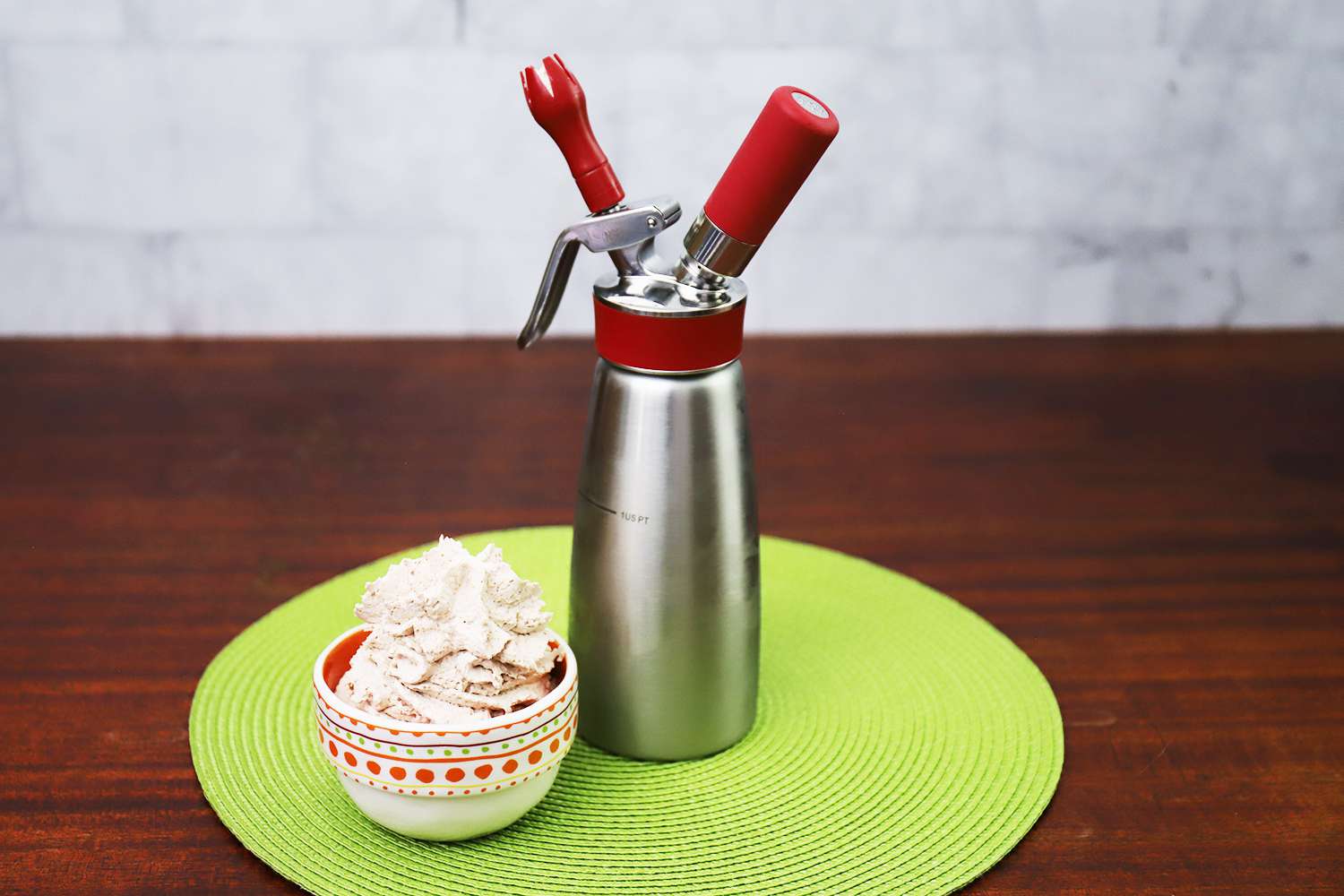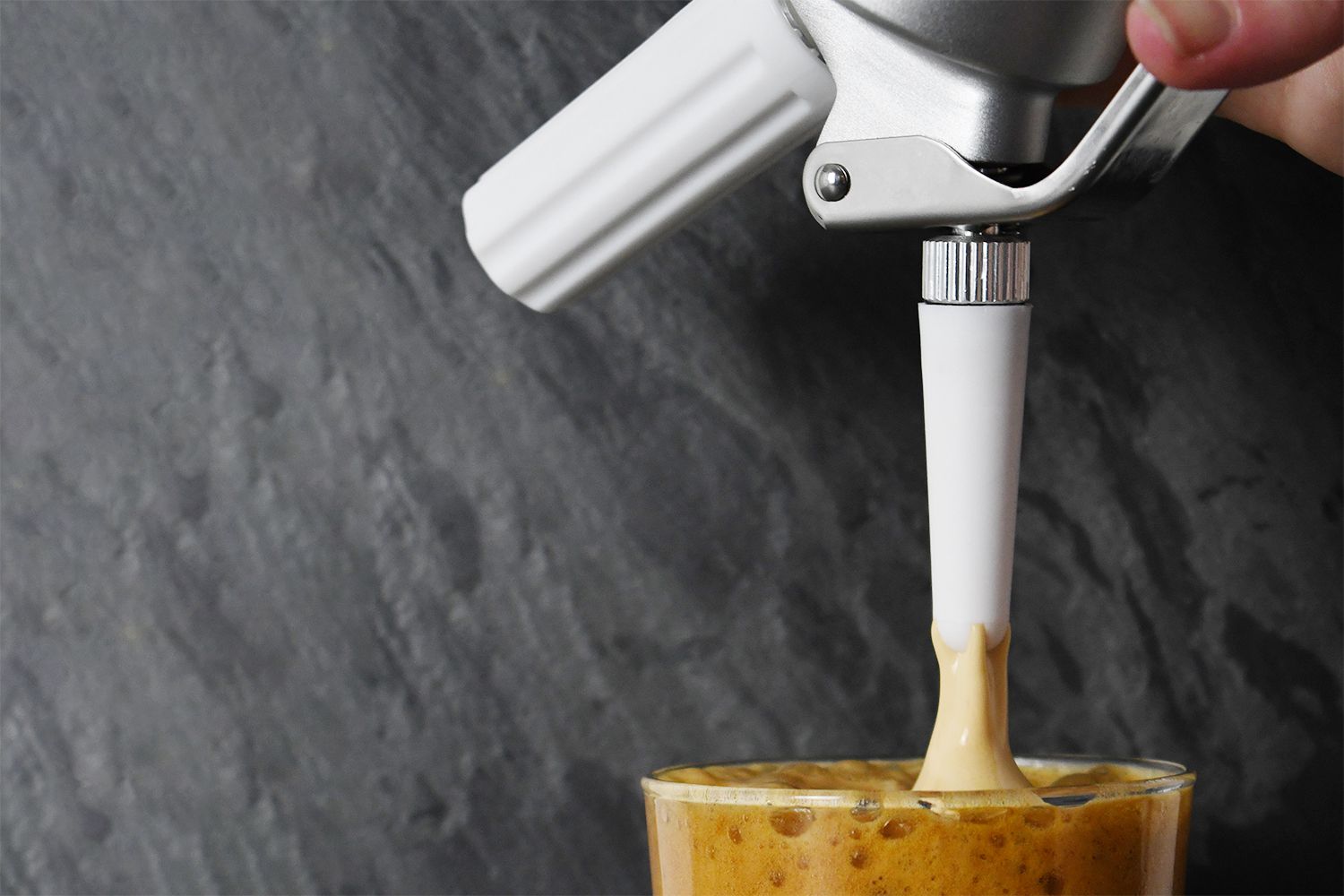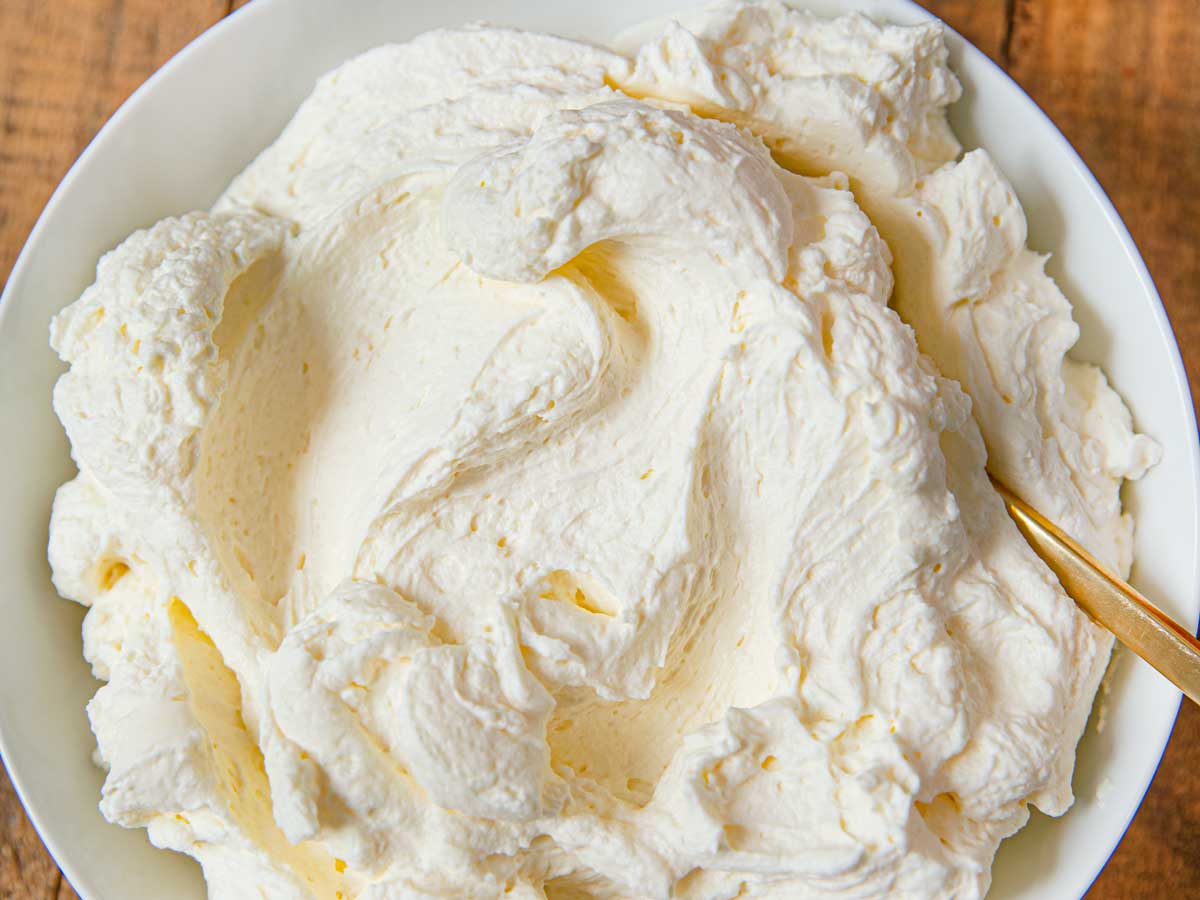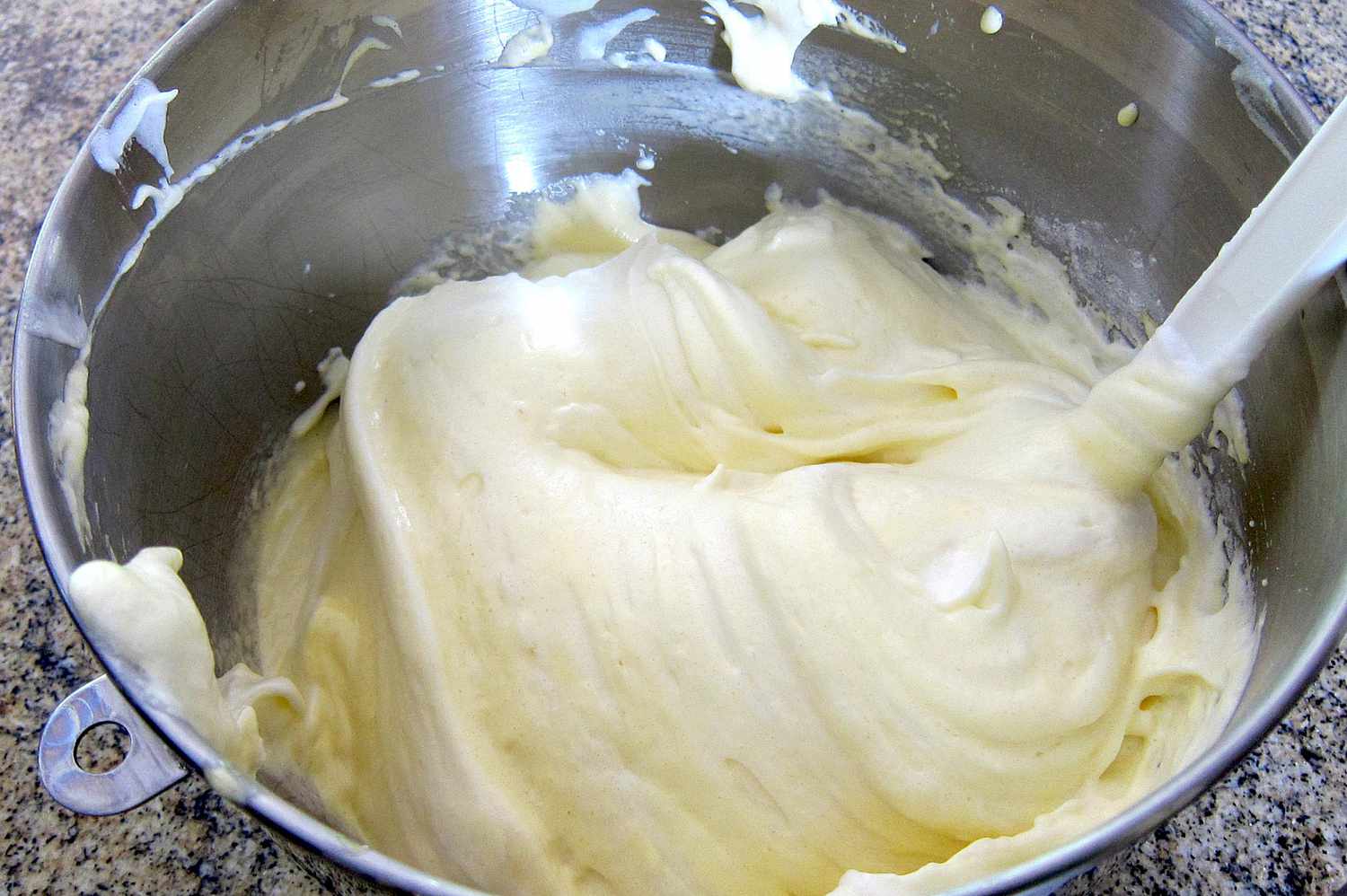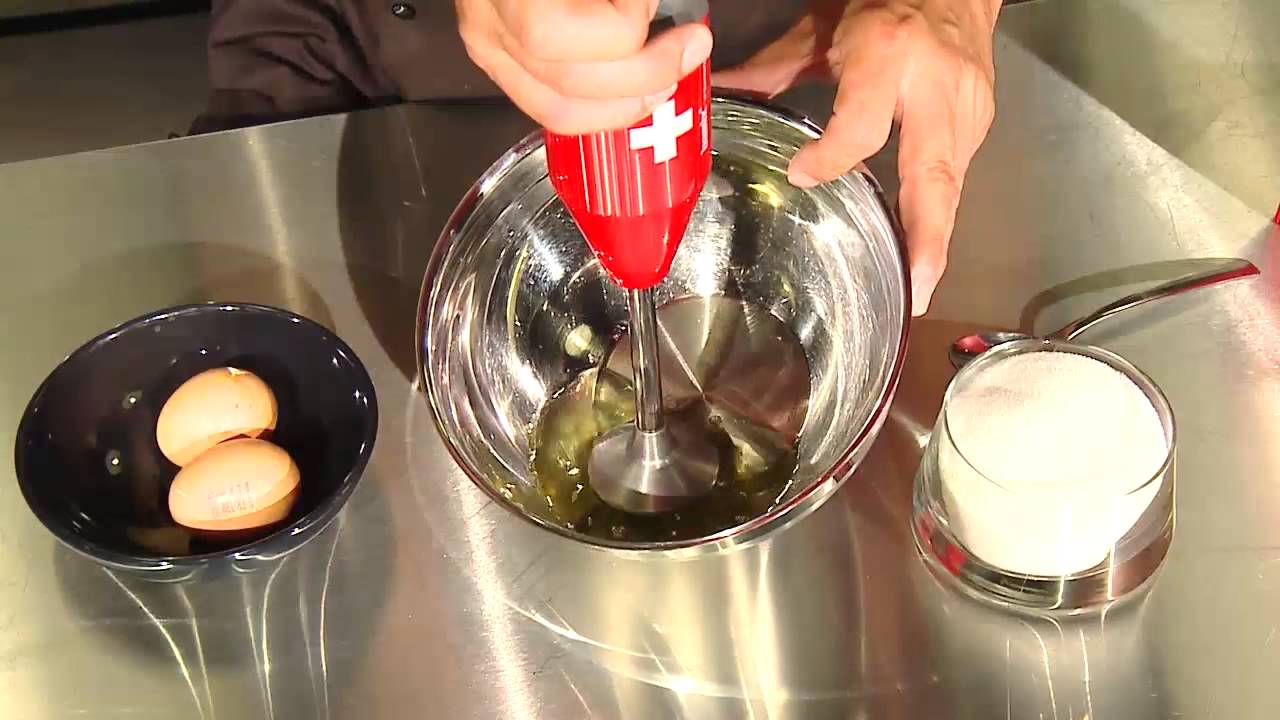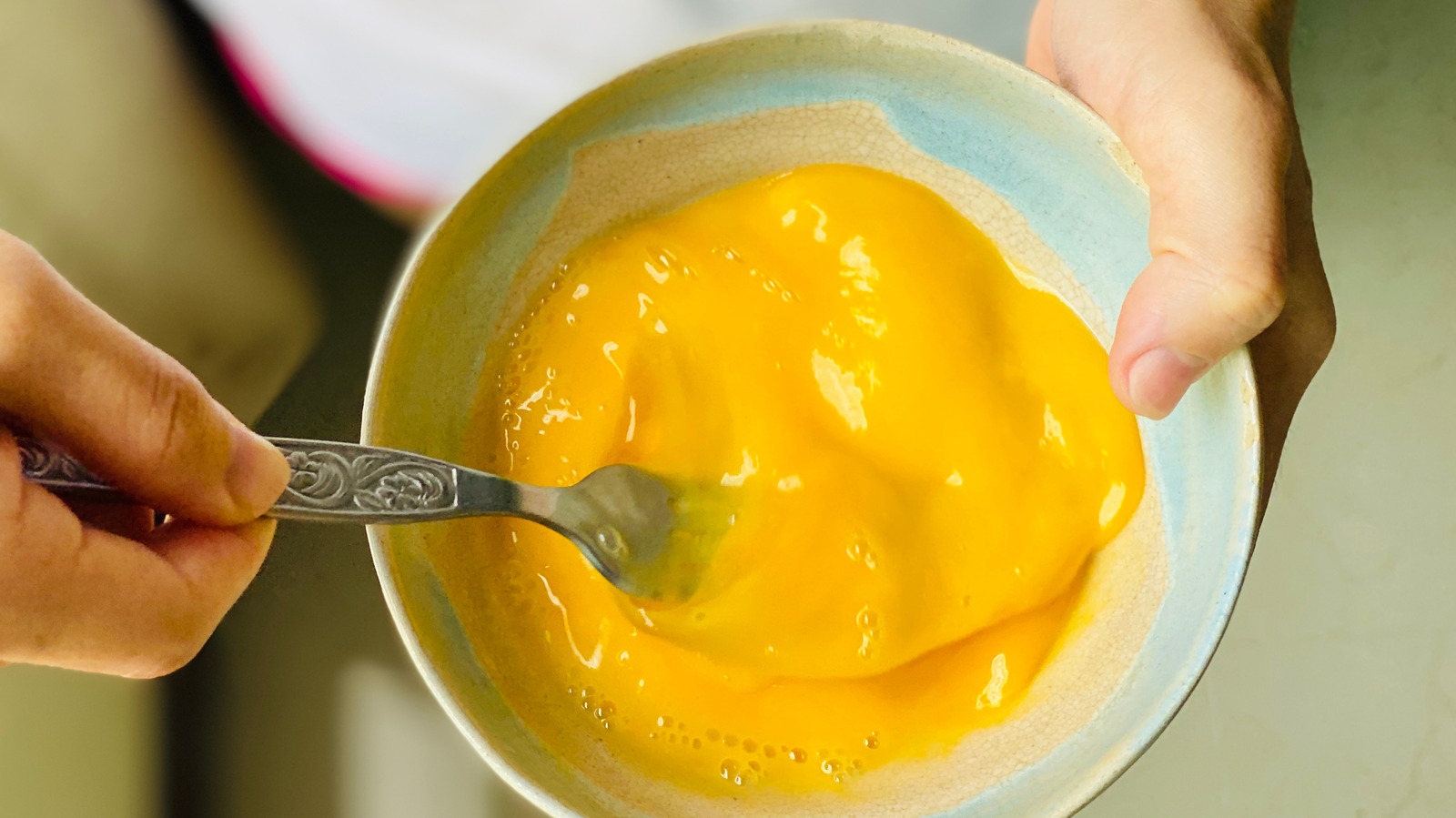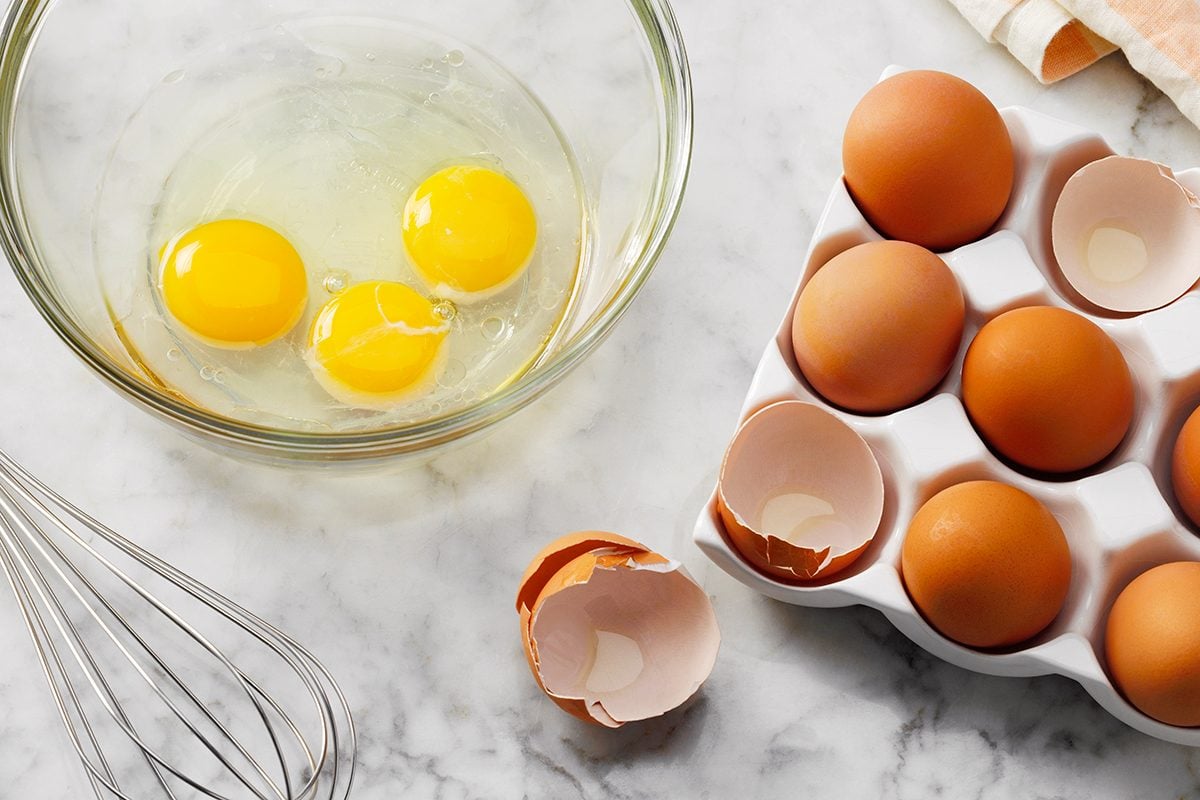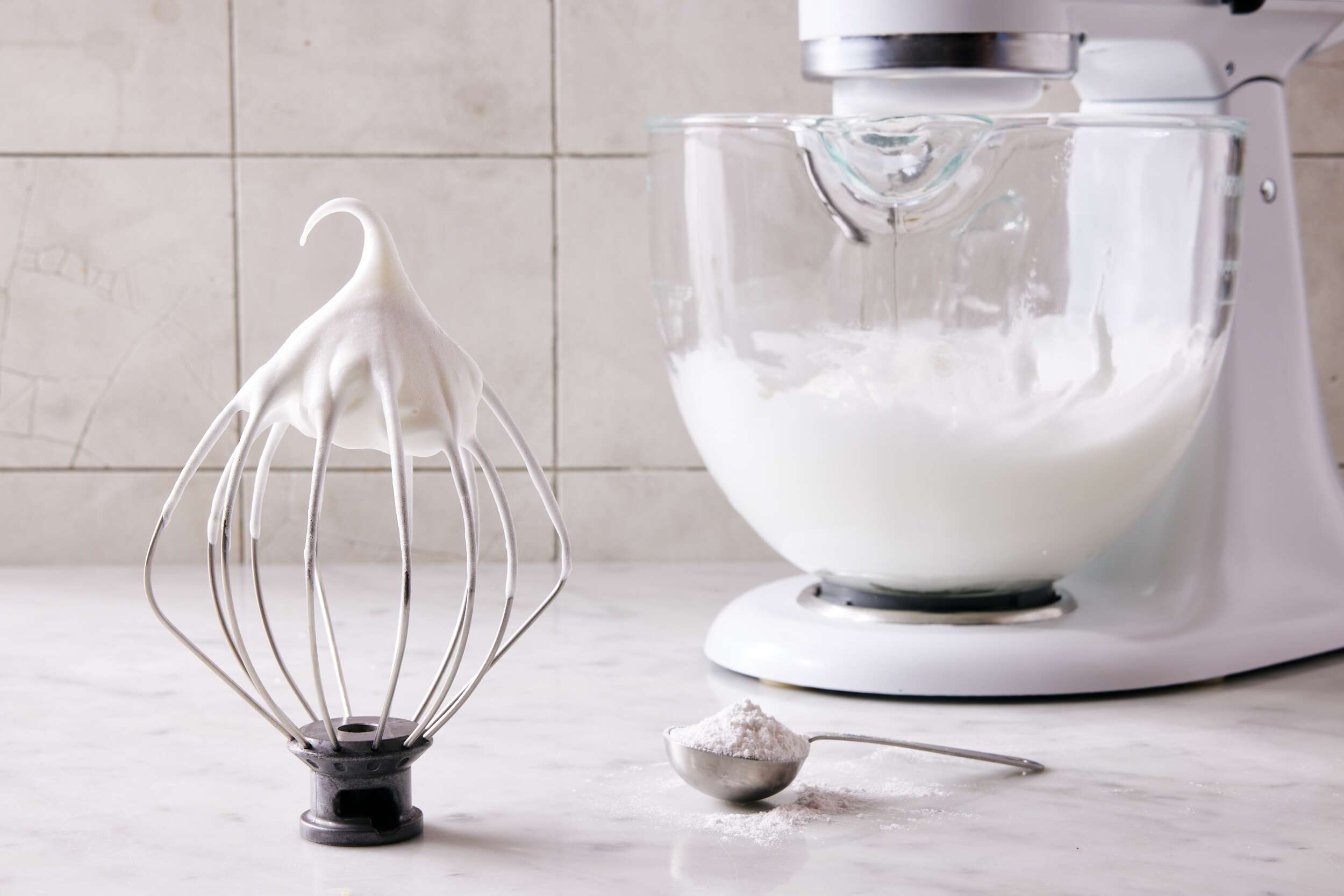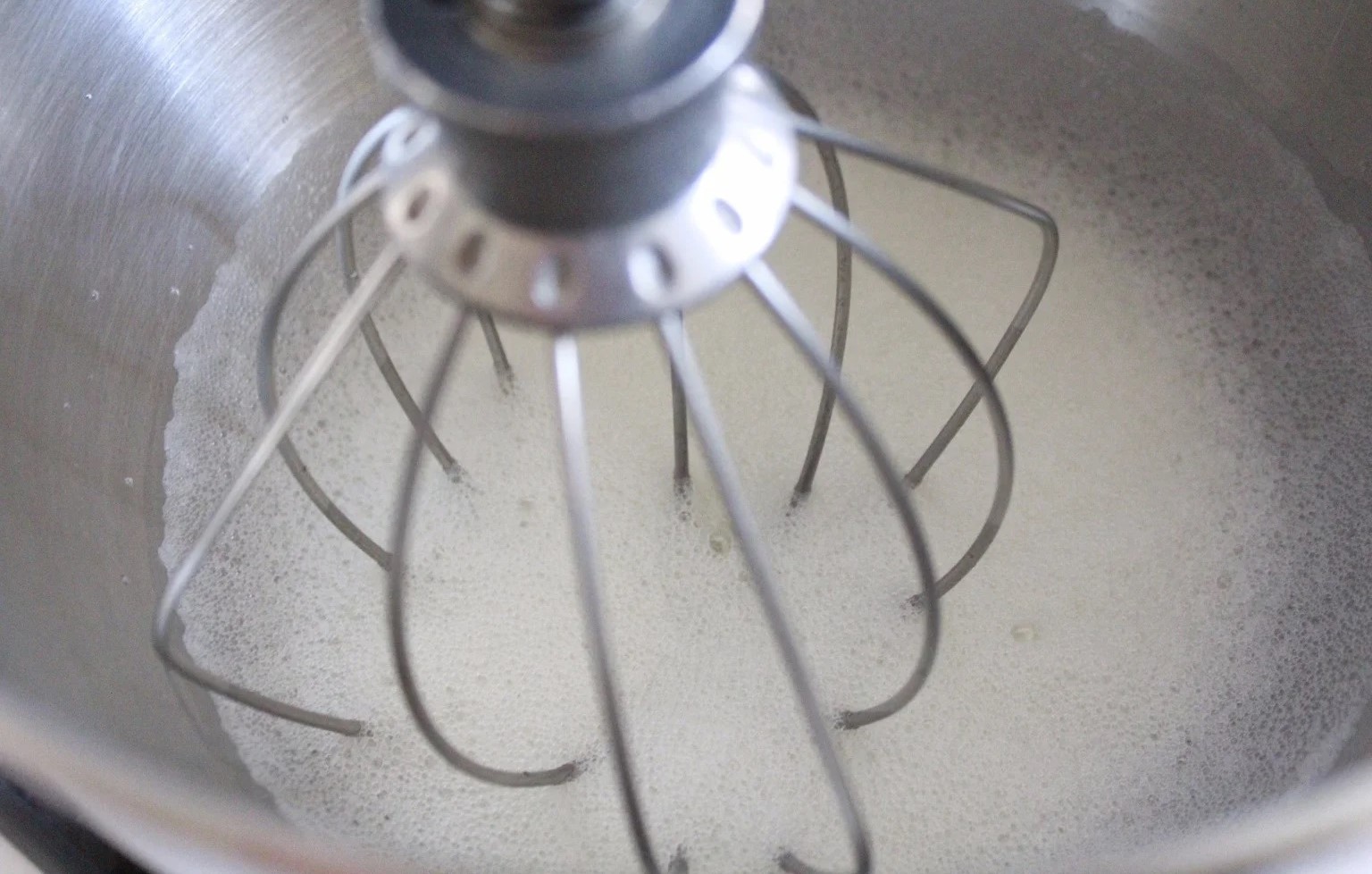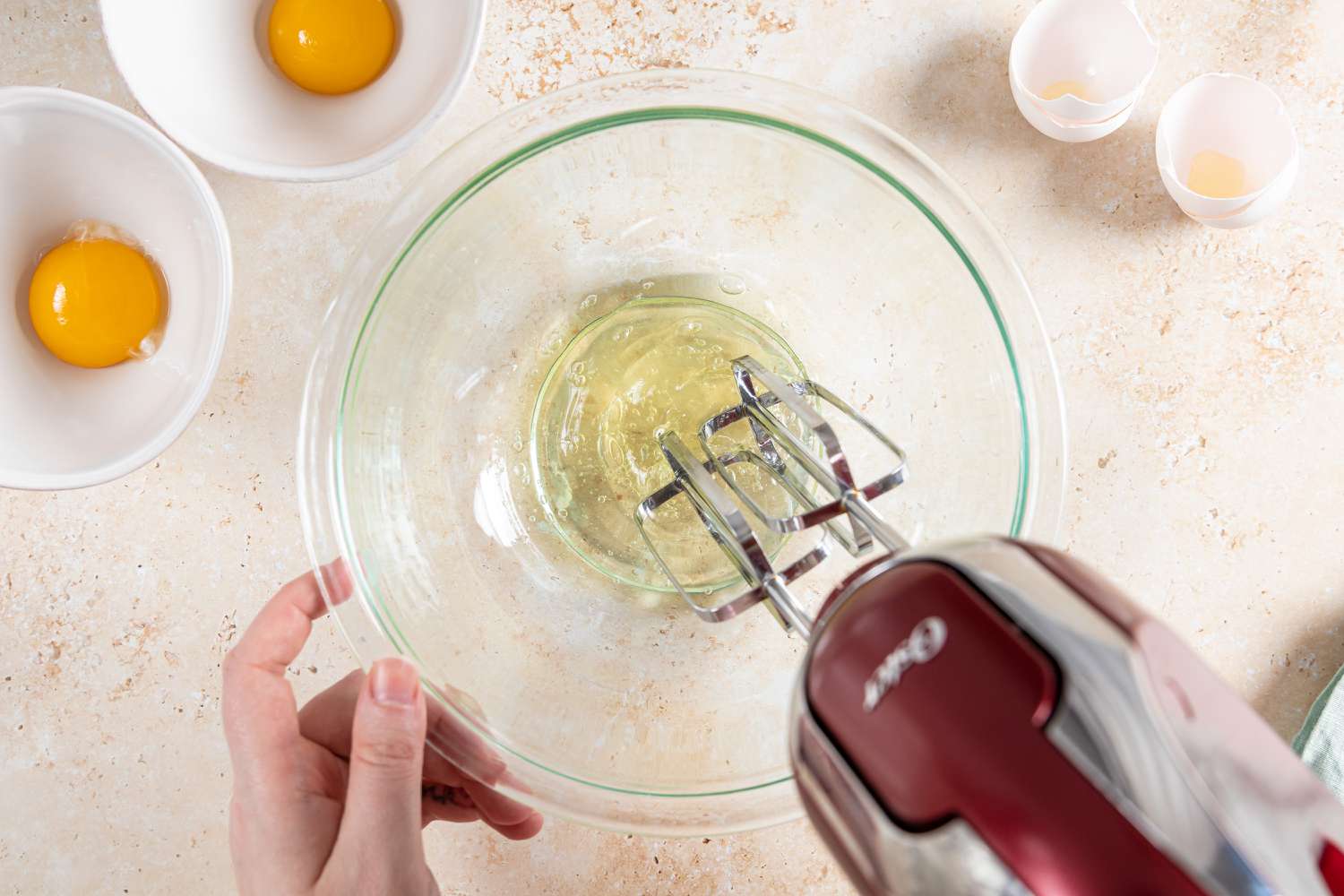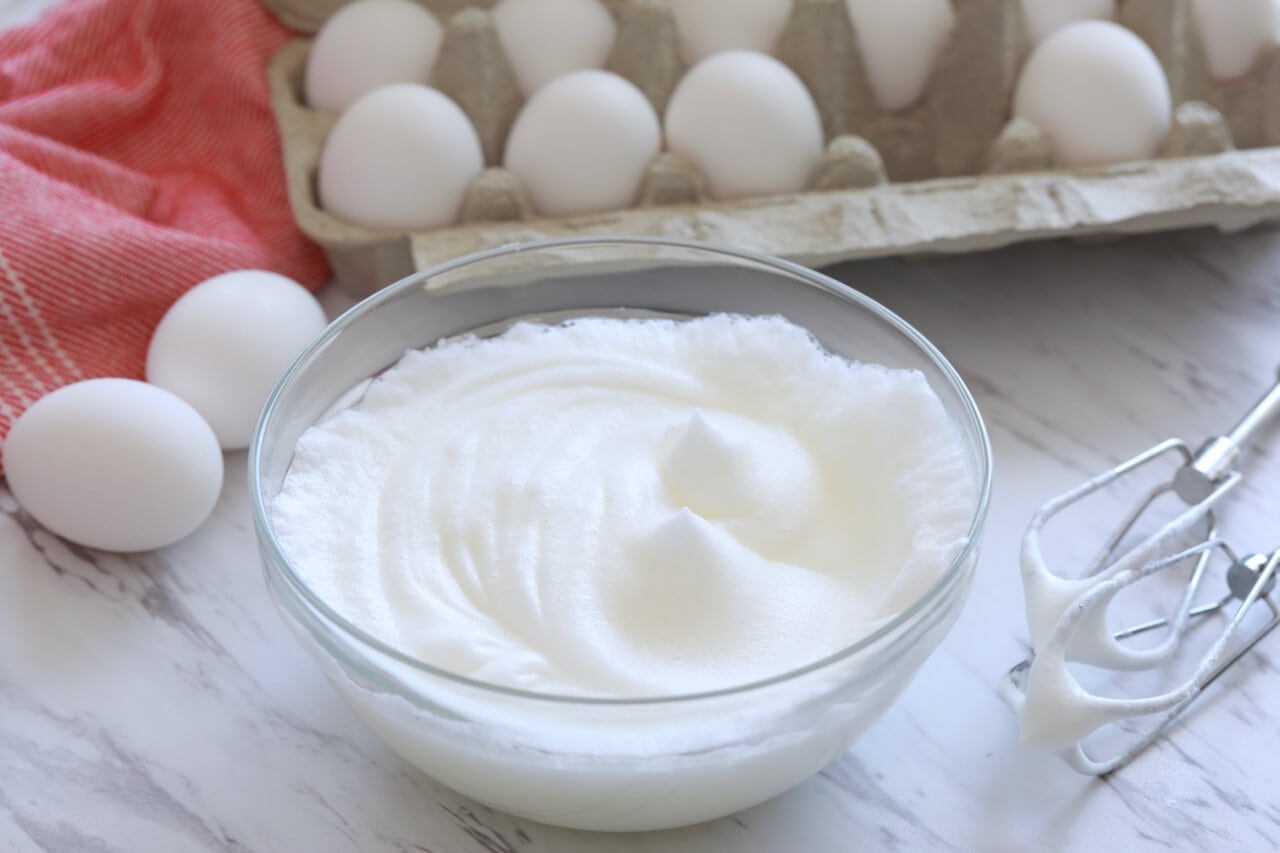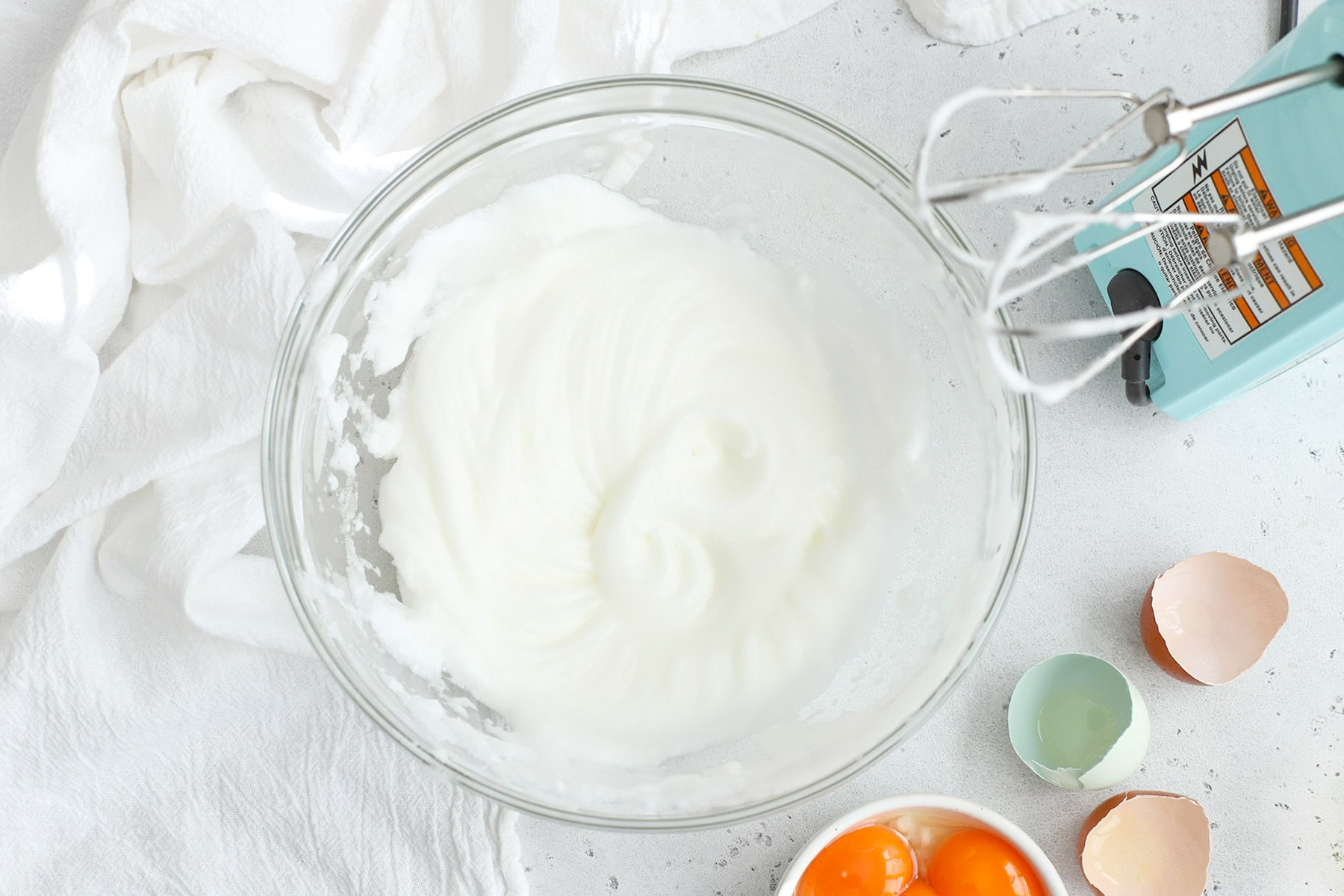Whipping Up Egg Whites: A Guide to Fluffy Perfection
Whipping up egg whites is a fundamental skill in the world of cooking and baking. Whether you’re making a light and airy meringue, a fluffy omelette, or a delicate soufflé, mastering the art of whipping egg whites to perfection is essential. With a few simple tips and tricks, you can elevate your culinary creations to new heights. So, let’s dive into the world of egg whites and discover how to whip them up just right!
Choosing the Right Tools
Before you begin, it’s important to gather the necessary tools for whipping egg whites. Here’s what you’ll need:
- A clean, dry mixing bowl (preferably stainless steel or glass)
- A hand mixer or stand mixer
- Fresh eggs at room temperature
- A pinch of salt or a few drops of lemon juice or cream of tartar (optional, but helpful for stabilizing the egg whites)
Step-by-Step Instructions
Now that you have your tools ready, it’s time to start whipping up those egg whites. Follow these simple steps for best results:
- Separate the Eggs: Carefully separate the egg whites from the yolks, ensuring that no traces of yolk are mixed in with the whites. Even a small amount of yolk can prevent the whites from reaching their full volume.
- Begin Whipping: Place the egg whites in the clean, dry mixing bowl. Add a pinch of salt or a few drops of lemon juice or cream of tartar if using. Start whipping the egg whites on low speed, gradually increasing to medium-high speed as they begin to foam.
- Watch for Soft Peaks: Continue whipping until the egg whites form soft peaks. Soft peaks are achieved when you lift the beaters out of the egg whites, and the peaks gently curl over. This is the stage where the egg whites are glossy and smooth.
- Reaching Stiff Peaks: For certain recipes, you may need to whip the egg whites to stiff peaks. This stage is reached when the peaks stand straight up when the beaters are lifted out of the egg whites. Exercise caution not to over-whip, as the egg whites can become dry and lose their smooth texture.
- Incorporate into Your Recipe: Once your egg whites have reached the desired consistency, gently fold them into your recipe, being careful not to deflate the volume you’ve worked so hard to achieve.
Tips for Success
Whipping up egg whites may seem straightforward, but there are a few additional tips that can help you achieve the best results:
- Use a clean, dry bowl and beaters to ensure maximum volume when whipping the egg whites.
- Room temperature eggs whip up better than cold eggs, so allow your eggs to sit at room temperature for about 30 minutes before using them.
- Be patient and avoid rushing the process. Whipping egg whites to the perfect consistency takes time, but the results are well worth the effort.
- When adding sugar to egg whites for meringues, do so gradually once the soft peaks have formed to ensure a stable and glossy mixture.
- Avoid plastic bowls, as they can retain traces of grease that can hinder the egg whites from reaching their full volume.
Conclusion
Whipping up egg whites is a skill that every home cook and baker should master. Whether you’re creating light and airy confections or adding a fluffy texture to your favorite dishes, understanding the art of whipping egg whites is essential. With the right tools, techniques, and a little practice, you’ll be able to achieve perfect egg white peaks every time.
So, the next time a recipe calls for whipped egg whites, you’ll be well-equipped to tackle the task with confidence and skill. Happy cooking!
